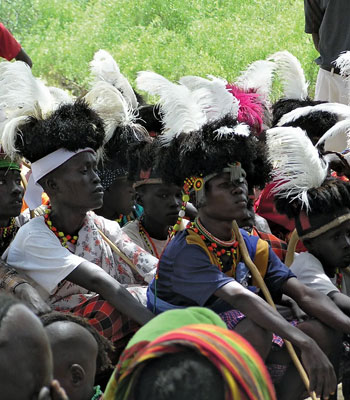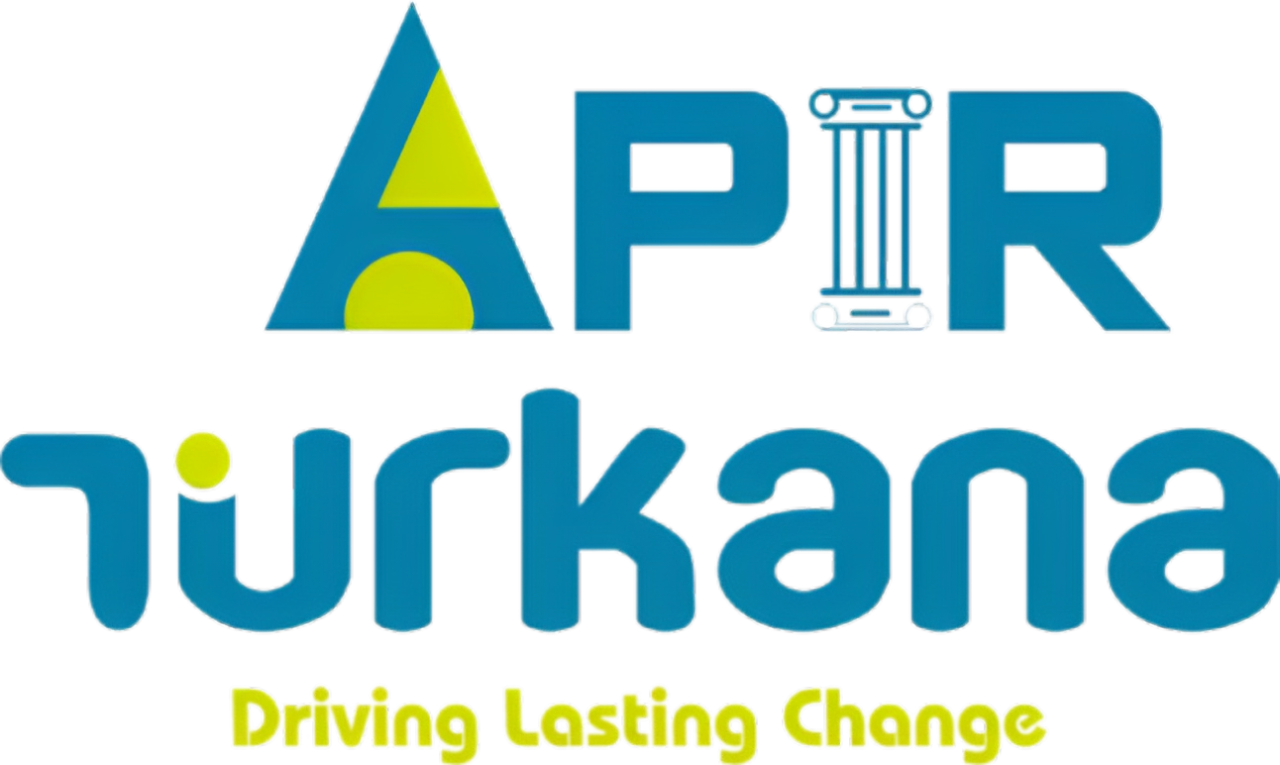Reaching the Unreached
Since its inception, the AEP Project has reached 3,957 learners (1735 girls and 2222 boys) across 12 AEP centers, 79% of the learners being the refugee children in Kakuma refugee camp and host communities. These learners, most of whom had missed years of schooling due to conflict, displacement, or early marriages, are now back in class—catching up on their education with passion and purpose.
In the heart of Kakuma, where displacement, poverty, and marginalization have long challenged access to quality education, a transformative initiative has been changing lives. The Accelerated Education Programme (AEP), implemented by APIR Turkana with the direct technical support of the Norwegian Refugee Council (NRC) and generous funding from the European Civil Protection and Humanitarian Aid Operations (ECHO), has brought renewed hope, dignity, and opportunity to out-of-school children and youth.
What makes this achievement even more significant is that the majority of these learners are adolescents and young mothers, whose right to education had once seemed out of reach. Today, they are reading, solving problems, and dreaming again.

Two Key Outcomes – Tangible Change
The project delivered strongly on its two primary outcomes:
- Increased Access to Quality Education
Through innovative community mobilization strategies and a flexible learning timetable tailored to the needs of older learners, APIR ensured that no one was left behind. The enrollment numbers are a testament to the community’s trust and the project’s adaptability. Many parents who had given up on the formal school system found renewed hope in the AEP model. - Improved Learning Outcomes through Effective Instruction and Support
The introduction of the Better Learning Programme (BLP)—a psychosocial support model—was a game-changer. Developed by NRC and integrated into AEP by APIR, BLP helped learners heal from trauma, build resilience, and regain their concentration and confidence in the classroom. Teachers reported notable improvements in learner engagement, classroom behavior, and test performance, especially among those previously considered at risk of dropping out again.
The Power of Collaboration
The success of the AEP Project in Kakuma is rooted in strong and intentional collaboration:
- With the Ministry of Education: APIR worked closely with education officials to ensure alignment with national education standards, support teacher capacity building, and streamline learner transitions into the formal system after completion of AEP levels.
- With Community Structures and Leaders: Chiefs, elders, religious leaders, and parent-teacher associations played a pivotal role in mobilizing learners, protecting girls from early marriage, and advocating for education as a right for all. The community was not just a beneficiary—they were key drivers of the change.
This shared ownership created an enabling environment where education was embraced, respected, and protected.
A Lasting Impact
From the dusty plains of Kakuma to classrooms filled with determination, the AEP Project has proven that education can be accelerated—and so can hope. For learners like 16-year-old Asha, who had dropped out at 10 due to displacement, the program offered a lifeline. “Now I can read, write, and dream again. I want to become a teacher and help girls like me,” she shared.
This story is just one among many that affirm the power of inclusive, community-driven, and well-supported education programming.
Looking Ahead
As the AEP Project nears its transition phase, the foundations built by APIR, NRC, and ECHO remain strong. The ripple effects are visible not only in the classrooms but also in the hearts of families who now believe that every child deserves a second chance at learning.


